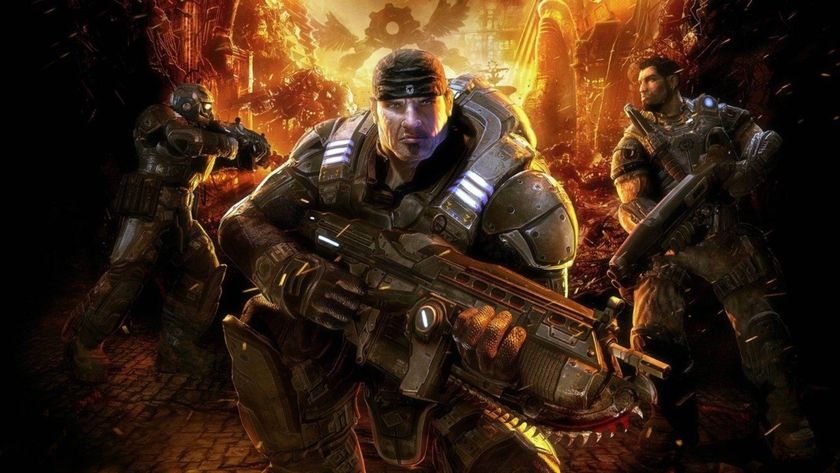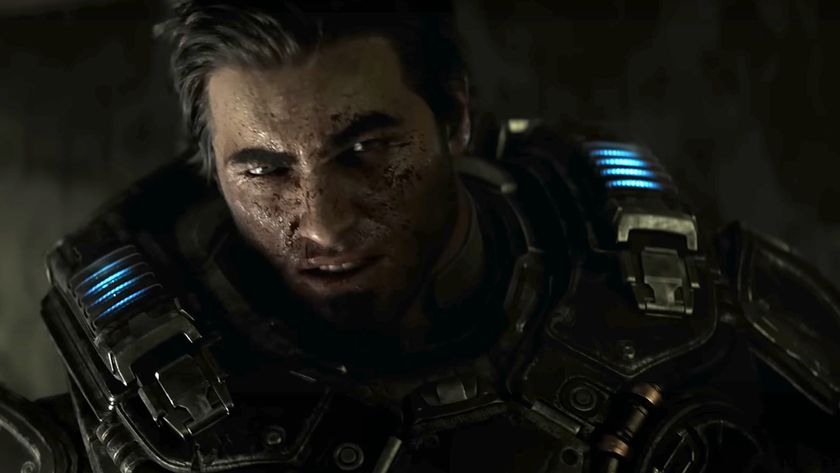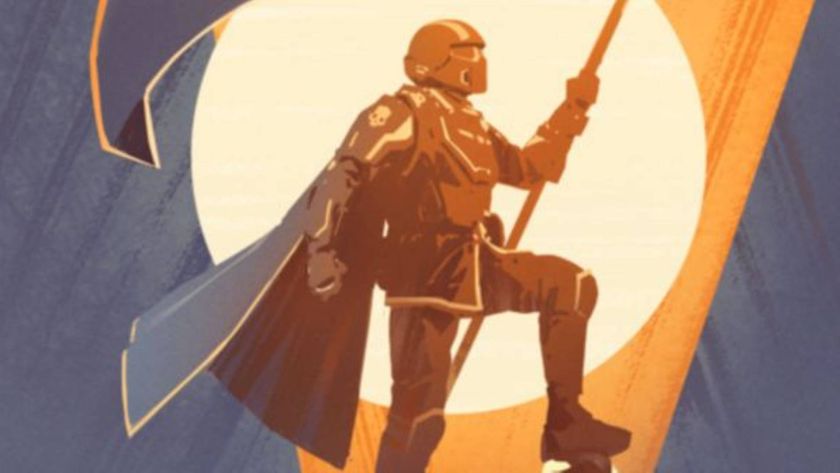Gears of War 2: Most improved sequel ever?
We've played through most of act 1. Want to hear what happened?
[This is justone partof this week's mammoth Gears 2 coverage. Make sure to hitthislink to check out our experiences with the brand new Horde multiplayer mode, andhereforour exclusive interview with Cliff Bleszinski.]
Gears Of War 2 was always going to be a tricky prospect for Epic. Just how do you approach the follow-up to such an all-conquering media behemoth? Do you take the 'more of the same, but better?' angle, safe in the knowledge that the original was good enough to coast by on, but risking Zelda-like criticisms of over-familiarity? Or do you throw in new ideas all over the place in an effort to move things forward, but take a chance on alienating your audience?
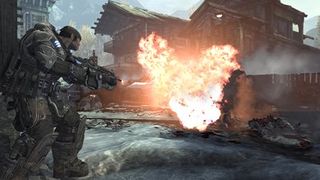
Thankfully, from what we've played so far - around 80% of Gears 2's first act - it seems that Epic has taken an intelligent and well-judged approach to its biggest ever sequel, straddling a satisfying line between both philosophies. During our play-through, Gears 2 certainly delivered us a comfortable framework that we could drop straight back into, but that framework also served as a foundation for a much more textured and multi-dimensional game all round.
Read on, friends, and find out why Gears Of War 2 might be the most rewarding action sequel we've seen in a long time.
The new weapons add a lot to the gameplay
There's a whole new heavy weapons class in Gears of War 2, and despite only comprising a total of three new death-bringers it brings a whole new dimension to combat. Much like carrying a gun turret in Halo 3, using any of these bad boys will considerably reduce your maneuverability, but the sweet, sweet pay-off comes in the shape of immensely upgraded punishment power.
First up, the Mulcher is essentially a hand-held troika, and as such has the most fitting name imaginable. A few seconds' burst from this thing and you'll reduce your target to a warm, lumpy Locust stew. It's an unbelievably satisfying pay-back weapon when you're fighting on the back foot, and makes you feel like Jesse Ventura in Predator every, single, time you use it. Like all of the heavy weapons, carrying it slows your walking pace to a crawl, but if you can make it to a safe vantage point the Mulcher can become a major tactical boon.
Sign up to the 12DOVE Newsletter
Weekly digests, tales from the communities you love, and more
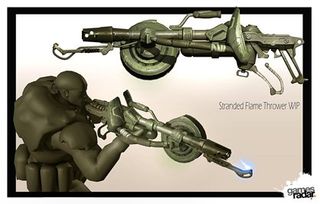
Next, we have the flamethrower, which balances its short range with a wide spread and fast kill-speed. It's maybe not the revelation many were hoping for, but it does add an interesting new 'wade in and mop up' element to Gears combat, which is great when getting unexpectedly caught at close range. Just be careful of the way the flame jet can obscure your view ahead.
And last, and probably representing the most radical change to Gears of War's weapon handling, is the mortar. Holding down the left trigger puts Marcus into a crouched position and sits the firing tube on the ground. From there, holding down the right trigger cranks up a guage measuring the distance the mortar will fire, and letting go releases the payload. At first it's as awkward to use as it sounds. Trial and error is really the only way to learn how to target it effectively.
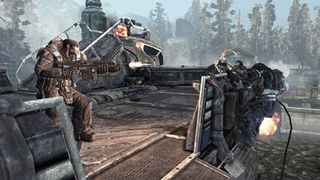
But after a few practice shots you'll get the feel for it, and at that point it becomes an utterly deadly long-range tool. Remember those hairy times in the first game when a squad of Locust would be followed up by two or three Boomers at the rear? Much less of a problem now. Just grab the mortar, fall back to a safe aiming spot, let rip and tear the hell out of the back row before it even gets into the fight. It also works very well against Brumacks, but we're not going to spoil that one for you.
There's also a new grenade which lets out a lingering cloud of poisonous gas. Its primary use is to tactically limit space on the battlefield, and as such it's going to be an absolutely killer tool in multiplayer.

